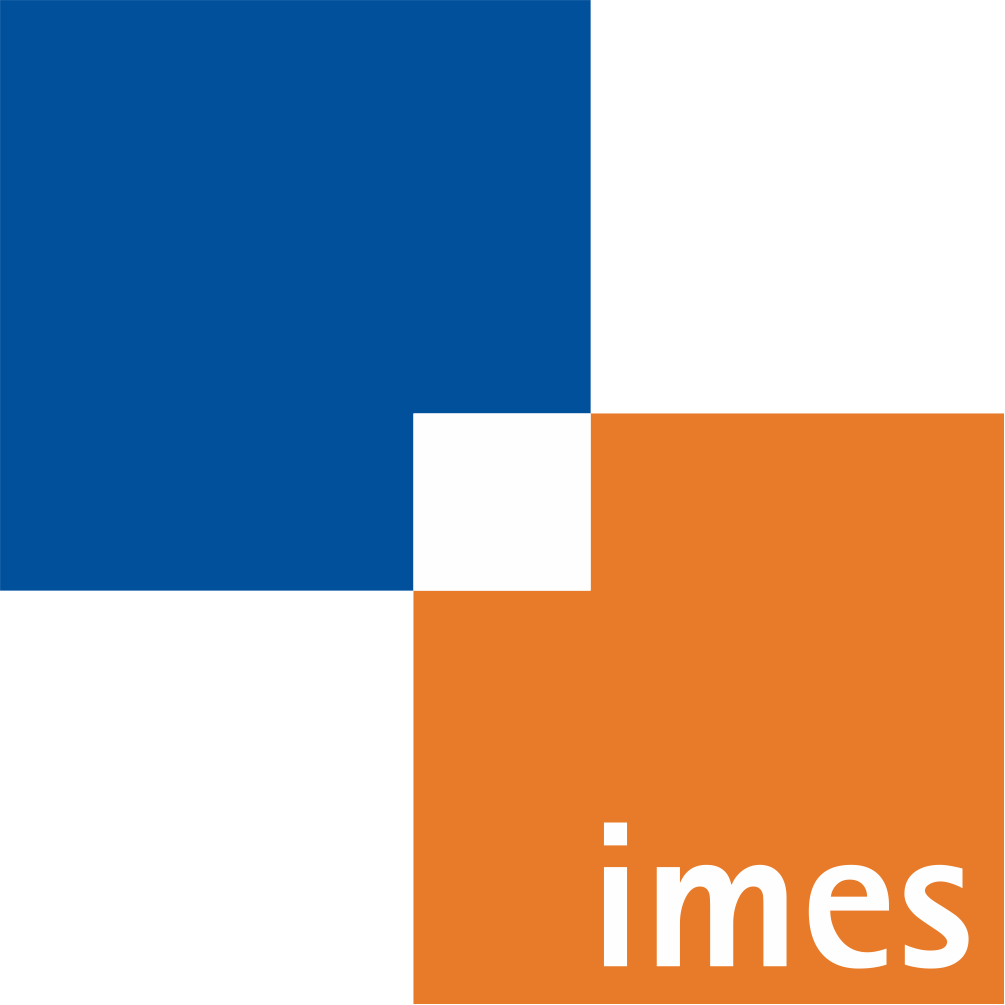Physics-Informed Neural Networks for Continuum Robots
Towards Fast Approximation of Static Cosserat Rod Theory
- verfasst von
- Martin Bensch, Tim David Job, Tim Lukas Habich, Thomas Seel, Moritz Schappler
- Abstract
Sophisticated models can accurately describe deformations of continuum robots while being computationally demanding, which limits their application. Especially when considering sampling-based path planning, the model has to be evaluated frequently, which can lead to substantially increased computation times. We present a new approach to compute the entire shape of a tendon-driven continuum robot by a physics-informed neural network (PINN). The underlying physics is modelled with the Cosserat rod theory and incorporated into the PINN's loss function. The boundary values for the training are obtained from a reference model, solved by the shooting method. Our approach allows for a computation of the learned Cosserat rod model multiple orders of magnitude faster than a publicly available reference model. The median position deviation from the reference model lies below 1mm (0.5% of the simulated robot length) for each of the robot's 20 disks.
- Organisationseinheit(en)
-
Institut für Mechatronische Systeme
- Typ
- Aufsatz in Konferenzband
- Seiten
- 17293-17299
- Anzahl der Seiten
- 7
- Publikationsdatum
- 2024
- Publikationsstatus
- Veröffentlicht
- Peer-reviewed
- Ja
- ASJC Scopus Sachgebiete
- Software, Steuerungs- und Systemtechnik, Elektrotechnik und Elektronik, Artificial intelligence
- Elektronische Version(en)
-
https://doi.org/10.1109/ICRA57147.2024.10610742 (Zugang:
Geschlossen)
